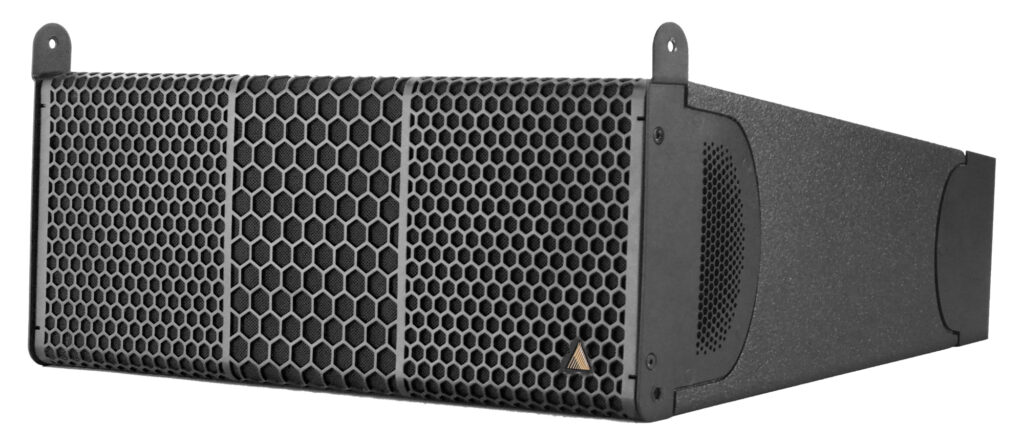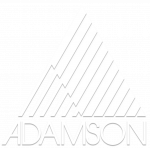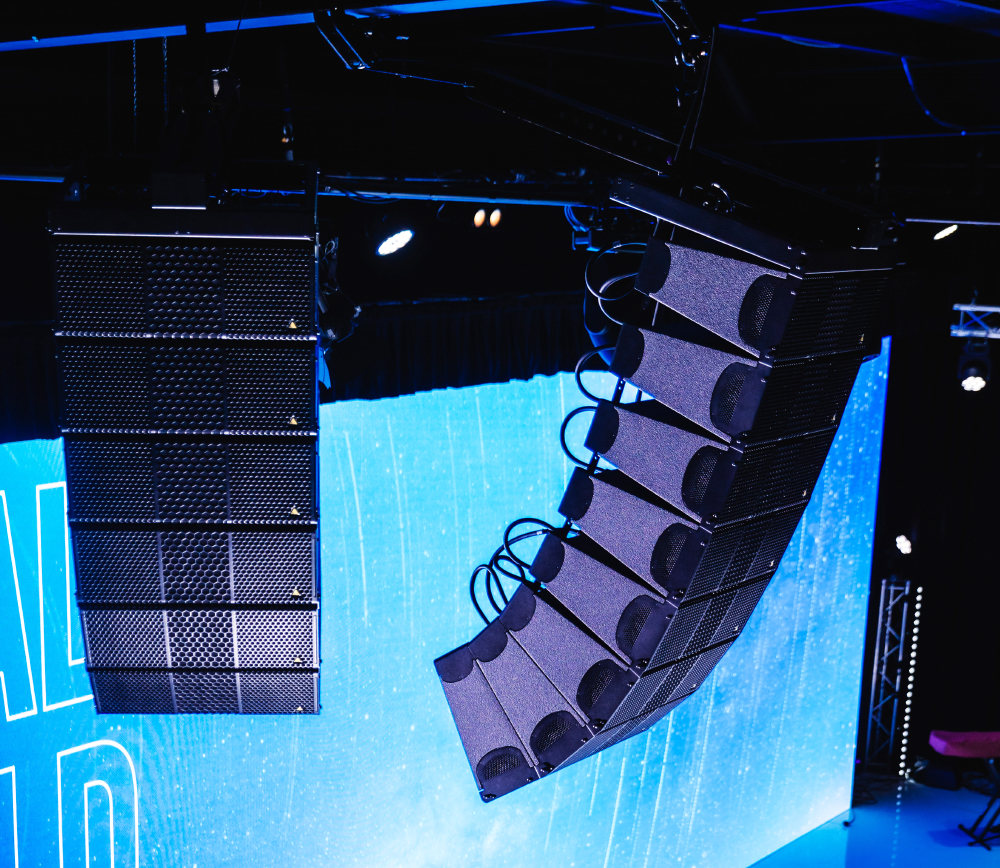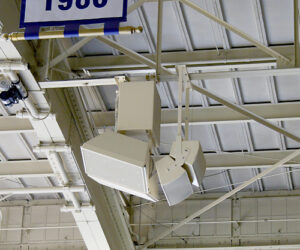Popular convention says that bigger is better, but for many gigs, compact line arrays are actually a more suitable fit. A smaller system offers many advantages, including reduced effect on sightlines, reduced weight on rigging points, and a reduced impact on budgets, all while still delivering quality sound reinforcement. In addition, lesser-scaled systems take up less room in the shop and less room on the truck.
Further, smaller array modules can accommodate larger splay angles between modules while maintaining minimal displacement between speaker drivers. This can be handy when dealing with smaller rooms where array placement options are limited.
We’ve defined compact line arrays as those having low-frequency drivers measuring 8 inches or smaller. They present a scalable solution – a single array will provide main coverage to a relatively large space, and the addition of more loudspeakers easily expands coverage capabilities. For dynamic full-range music presentation, arrays are usually accompanied by at least one subwoofer, some of them designed to fit seamlessly within a flown array structure.
While larger rigs certainly deliver the horsepower for bigger shows, they don’t scale down as well. Many manufacturers offer line array modules of various sizes that work together seamlessly. In addition, some sound companies use smaller systems as front fills, down fills, and delays in conjunction with larger main arrays.
Flexibility with rigging continues to evolve, providing added array structure options. Compact systems also present a popular approach of ground-stacking as mains capable of satisfying the requirements of certain applications without the need for rigging infrastructure. Some of the models in our roundup are also designed so that cabinets can be stand- and pole-mounted, joined by ground-based subwoofers.
Many compact arrays are available with dedicated amplification and sophisticated DSP packages, either onboard or separately rack-mounted. Others are designed to work with a range of amplification and processing devices, and some companies offer a choice of either approach. A number of models are now equipped with proprietary and/or Dante networking capability.
With advances in technology and components, many recent compact line arrays can offer the same – or almost the same – acoustical output as their bigger brothers. A smaller footprint, less weight, added flexibility, quality sound and lots of volume at an attractive price point and return on investment. What’s not to like? Enjoy this look at the latest compact line arrays.
ENHANCED LISTING
Adamson Systems Engineering CS7
adamsonsystems.com
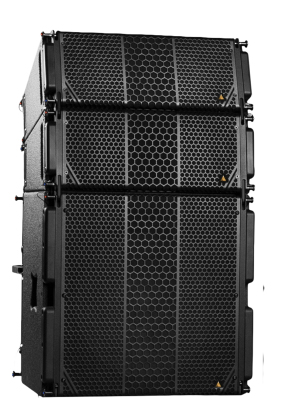
The CS7 is a two-way, full-range intelligent loudspeaker, intended for use in a wide variety of applications. Utilizing Adamson’s proprietary network platform, the CS7 employs a redundant MILAN scheme with the ability to daisy-chain networked audio between multiple sources, an analog XLR input and output, as well as on-board DSP and amplification. All features of the loudspeaker are controlled and monitored through Adamson’s proprietary CS software.
Acoustically, the CS7 contains dual 7-inch Kevlar neodymium transducers and a 3-inch compression driver. The critically optimized sound chamber produces a slightly curved wavefront with a nominal dispersion pattern of 100 x 12.5 degrees (H x V). The chamber’s efficiency allows for increased vertical dispersion without sacrificing high frequency presence in the farfield. Adamson’s Controlled Summation Technology further eliminates low-mid lobing normally associated with 2-way line source systems.
The cabinet construction uses marine grade birch plywood as well as aircraft grade steel and aluminum and is equipped with a male and female XLR connector, two etherCON connections and an in-and-through powerCON TRUE1 connection.
TECHNOLOGY FOCUS: The NDS is a network and analog patch bay that allows users to send redundant audio and control to CS loudspeakers on a single network cable, while the PDS is designed to ensure that all CS-Series systems receive ample power, regardless of region, and it also allows the user to monitor consumption data, both per power output as well as overall draw.
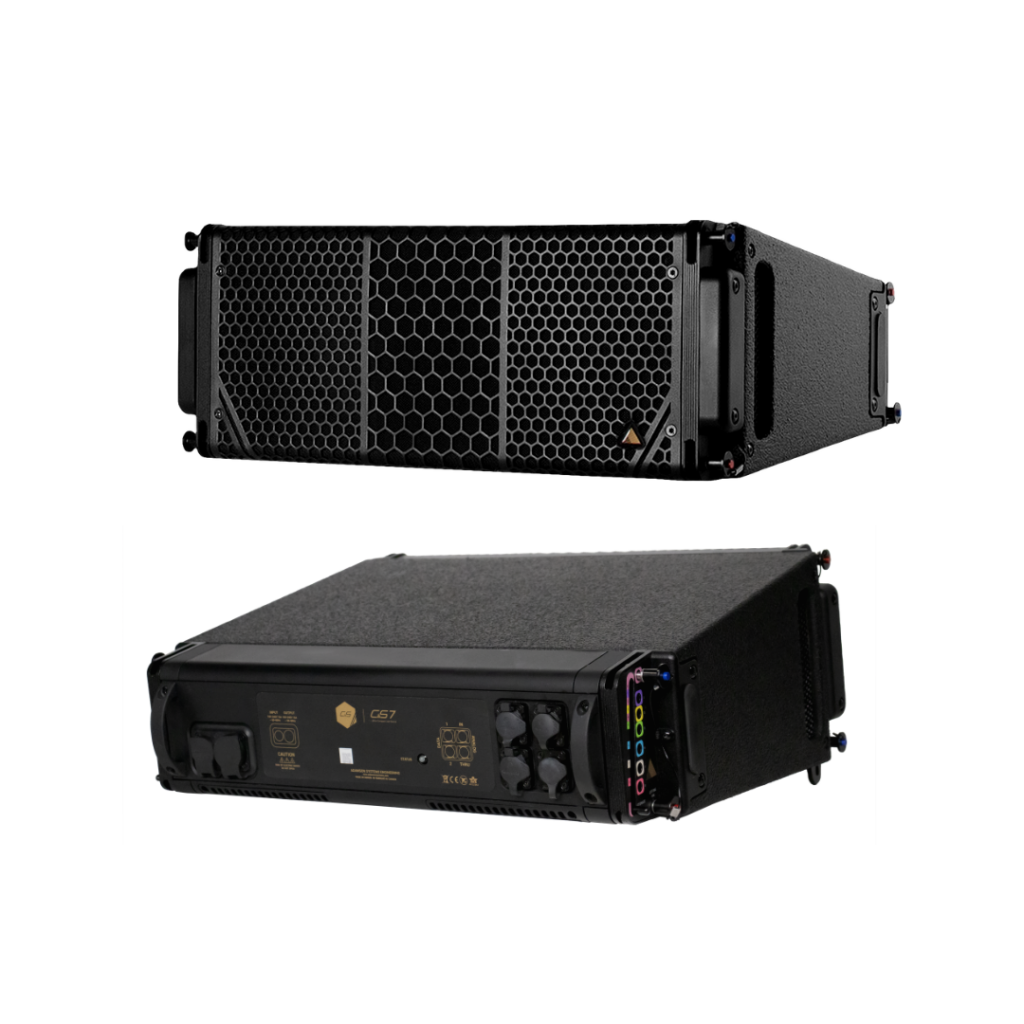
OF NOTE: The turnkey CS Upgrade Kit allows any existing S-Series cabinet to be converted to a CS model by removing four screws, connecting the CS Jackplate with the provided wiring connectors, and switching the front grille.
KEY SPECS
Configuration: 2-way
LF: 2 x ND7-LM16 (7-inch) cone drivers
HF: 1 x NH3 (3-inch diaphragm) compression driver on an optimized waveguide
Frequency Response: 80 Hz – 18 kHz
Dispersion: 100 (h) x 12.5 (v) degrees
Rigging: Proprietary Slidelock Rigging System
Power: 2-channel class D, 2400 watts total output
Weight: 38.6 pounds
Size: 8 (h) x 20.7 (w) x 16.2 (d) inches
STANDARD LISTINGS
RCF HDL 6-A
rcf.it
Configuration: 2-way
LF: 2 x 6-inch neodymium cone drivers
HF: 1 x 7-inch voice coil titanium compression driver on custom time-coherent waveguide
Frequency Response:
65 Hz – 20 kHz
Dispersion: 100 (h) x 10 (v)
degrees
Rigging: Adjustable in numerous increments
Power: Self-powered (bi-amp, class D), rated at 1,400 watts peak, proprietary FiRPHASE DSP
Weight: 25.6 pounds
Size: 9.3 (h) x 14.8 (w) x 18.5 (d) inches
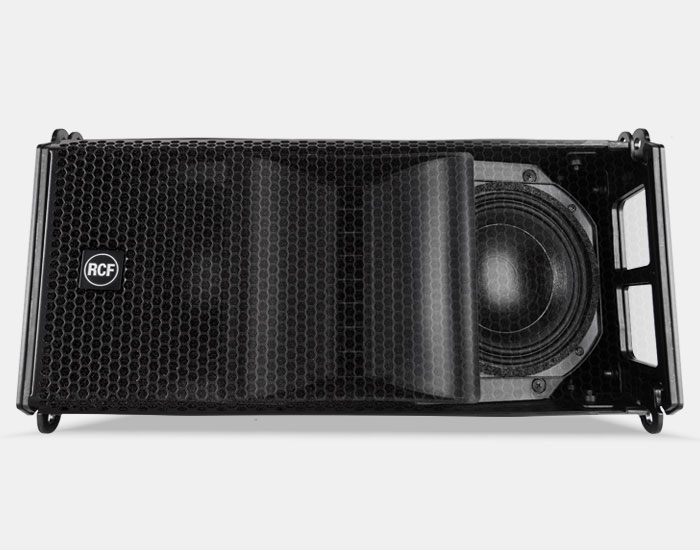
QSC L Class LA108
qsc.com
Configuration: 2-way
LF: 1 x 8-inch cone driver
HF: 1 x 1.75-inch compression driver on proprietary LEAF waveguide
Frequency Response:
57 Hz – 20 kHz
Dispersion: 100 (h) x 15 (v) degrees
Rigging: Proprietary RapidDeploy rigging system offering short, medium and long-throw splay options
Power: Self-powered (class D, LF: 1000 watts / HF: 300 watts)
Weight: 30.1 pounds
Size: 10.7 (h) x 20.4 (w) x 14.7 (d) inches
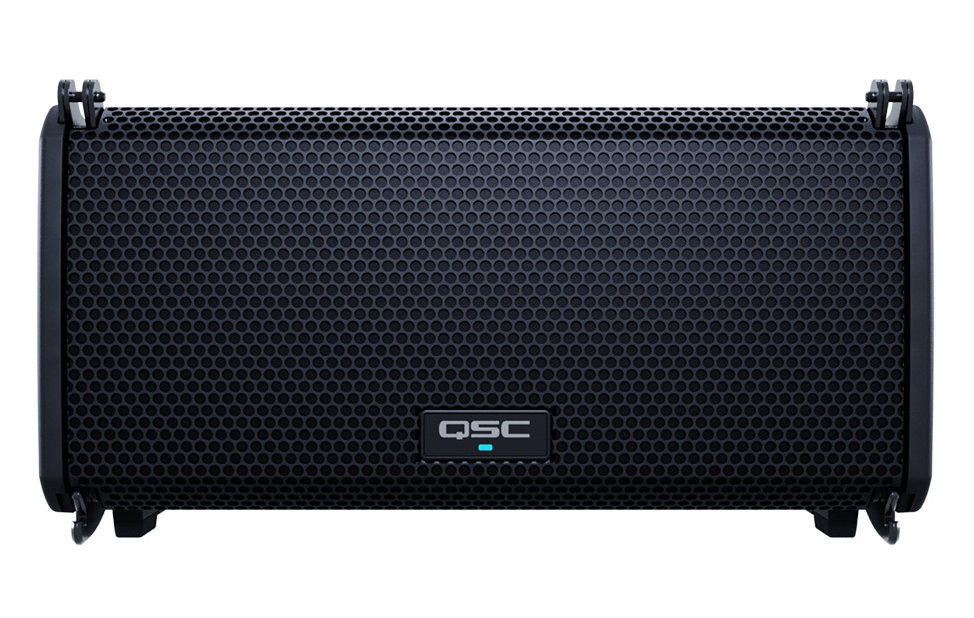
d&b audiotechnik XSL8 & XSL12
dbaudio.com
Configuration: 3-way
LF: 2 x 8-inch and 2 x 6.5-inch (side facing) neodymium cone drivers
MF: 1 x horn-loaded 6.5-inch driver
HF: 1 x 1.4-inch-exit compression driver on a waveguide
Frequency Response: 60 Hz – 18 kHz
Dispersion: 80 and 120 degrees (h), vertical is array dependant Rigging: 0 to 14 degrees in 1-degree increments
Power: d&b amplification (D40 and D80 for mobile version)
Weight: 86 pounds Size: 11.1 (h) x 27.5 (w) x 19.9 (d) inches
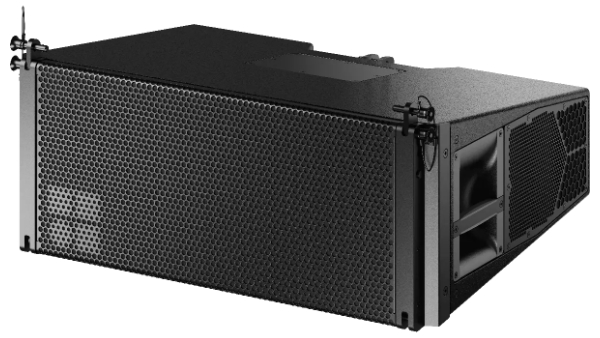
L-Acoustics Kara II
l-acoustics.com
Configuration: 2-way
LF: 2 x 8-inch neodymium weather-resistant cone drivers
HF: 1 x 3-inch neodymium diaphragm compression driver
Usable Bandwidth: 55 Hz – 20 kHz
Maximum SPL: 142 dB (Kara II 70)
Rigging: Angle increments 0, 1, 2, 3, 5, 7.5, and 10 degrees
Power: L-Acoustics LA4/LA8/LA12X amplified controllers
Weight: 57 pounds
Size: 9.9 (h) x 28.9 (w) x 19 (d) inches
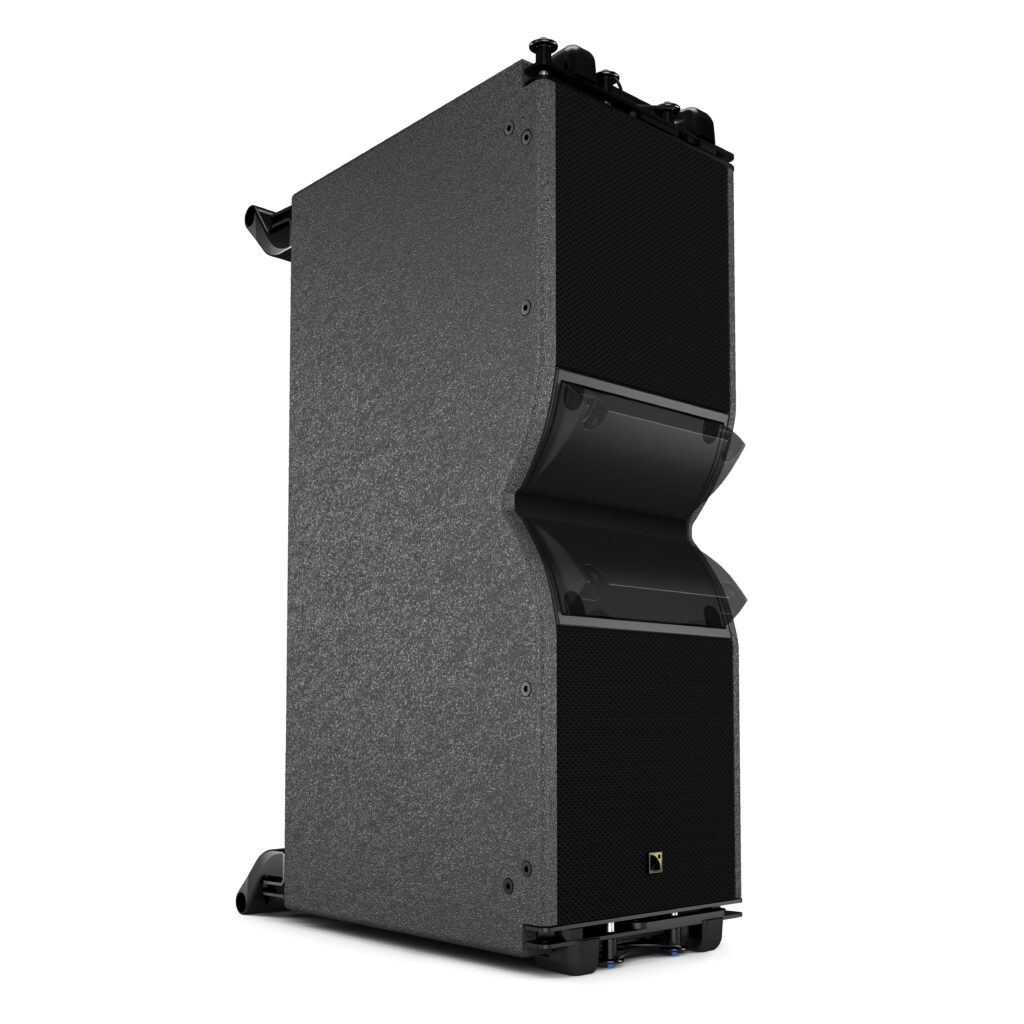
Martin Audio Wavefront Precision WPM
martin-audio.com
Configuration: 2-way
LF: 2 x 6.5-inch neodymium cone drivers
HF: 3 x 1.4-inch neodymium compression drivers on constant-directivity waveguide
Frequency Response: 76 Hz – 18 kHz
(+/- 3 dB)
Dispersion: 100/125 (h at – 6/-10 dB) x 10 (v) degrees
Rigging: Integral 3-point rigging system
Power: iKON multichannel class D amplifiers w/DSP, can be driven in blocks of 1, 2, 3 or 4 resolution configuration
Weight: 30.9 pounds
Size: 7.3 (h) x 19.7 (w) x 14.8 (d) inches
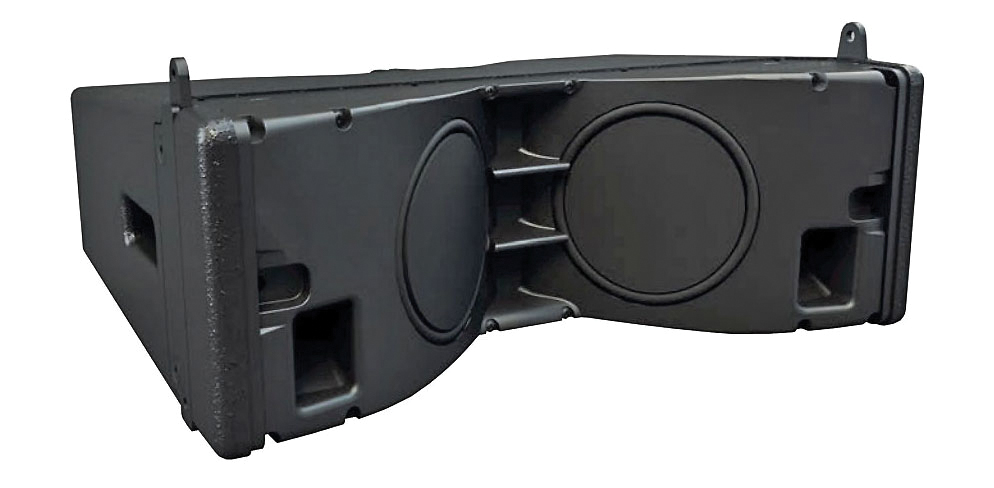
K-array Mugello-KH2
k-array.com
Type: 2-way
LF: 2 x 8-inch (2.5-inch voice coil)
neodymium cone drivers
HF: 2 x 1.4-inch (2.5-inch voice coil)
compression drivers
Frequency Response: 70 Hz – 19 kHz
Dispersion: 110 (h) x 20 (v) degrees
(preset dependent)
Rigging: Adjustable
Power: Self-powered (class D, 750 + 250 watts); DSP onboard
Weight: 63.9 pounds
Size: 11.2 (h) x 33 (w) x 8.3 (d) inches

Meyer Sound LINA
meyersound.com
Congifuration: 2-way
LF/MF: 2 x 6.5-inch cone drivers
HF: 1 x 3-inch compression
driver coupled to a constant-directivity horn through a patented REM
manifold
Frequency Response: 65 Hz – 18 kHz
Dispersion: 100 (h) x 11 (v) degrees
Rigging: End frames with four captive GuideALinks, secured with quick-release pins
Power: Self-powered 3-channel class D amplifier; DSP
Weight: 43 pounds
Size: 8.4 (h) x 20.3 (w) x 15.3 (d) inches

Electro-Voice XLD281
electrovoice.com
Configuration: 3-way
LF: 1 x 8-inch neodymium cone (EV DVN2080)
MF: 1 x 8-inch neodymium cone (EV DVN2080)
HF: 2 x 2-inch voice coil neodymium drivers (EV ND2S-8)
Frequency Response: 60 Hz – 20 kHz
Dispersion: 120 x 10 degrees (90 degrees horizontal available – XLD291)
Rigging: 1-degree increments
Power: Biamp and triamp modes (200/200/80 watts)
Weight: 48 pounds
Size: 9.9 (h) x 28.6 (w) x 14.5 (d) inches
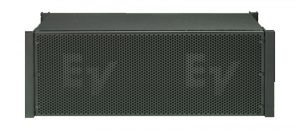
JBL Professional VTX A8
jblpro.com
Configuration: 3-way
LF: 2 x 8-inch Differential Drive neodymium cone drivers
MF: 4 x 3.5-inch neodymium midrange drivers
HF: 2 x 2-inch neodymium compression drivers
Frequency Response: 50 Hz – 19 kHz
Dispersion: 110 degrees (h), vertical is array dependant
Rigging: Selectable splay increments between 0.25, 0.5, 1, 1.5, 2, 2.5, 3, 4, 6, 8, and 10 degrees
Power: Crown Audio I-Tech HD (all models) & I-Tech 4x3500HD
Weight: 65 pounds
Size: 11 (h) x 31 (w) x 22.1 (d) inches
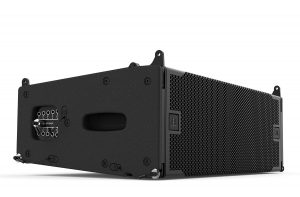
dBTechnologies VIO L208
dbtechnologies.com
Configuration: 2-way
LF: 2 x 8-inch cones neodymium cone drivers
HF: 1 x 1.4-inch-exit compression driver on rotatable waveguide
Frequency Response: 85 Hz – 18.1 kHz (+/- 3 dB)
Dispersion: 105 (h); vertical is array dependant (v) degrees
Rigging: 0 to 15 degrees in 1-degree increments
Power: Self-powered (Digipro G3 class D) rated at 1,800 watts peak, and DSP
Weight: 39.9 pounds
Size: 10.2 (h) x 26 (w) x 15.3 (d) inches
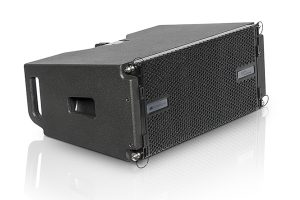
Adamson IS7
adamsonsystems.com
Configuration: 2-way
LF: 2 x ND7-LM8 (7-inch) cone drivers
HF: 1 x NH3-16 (3-inch diaphragm) compression driver on an optimized waveguide
Frequency Response: 80 Hz – 18 kHz
Dispersion: 100 (h) x 12.5 (v) degrees
Rigging: Nine rigging positions available allowing vertical inter-cabinet splay angles from 0 to 10 degrees.
Power: Designed for use with Lab Gruppen D-Series amplifiers, Lake processing
Weight: 30.9 pounds
Size: 9.3 (h) x 20.7 (w) x 15.8 (d) inches
